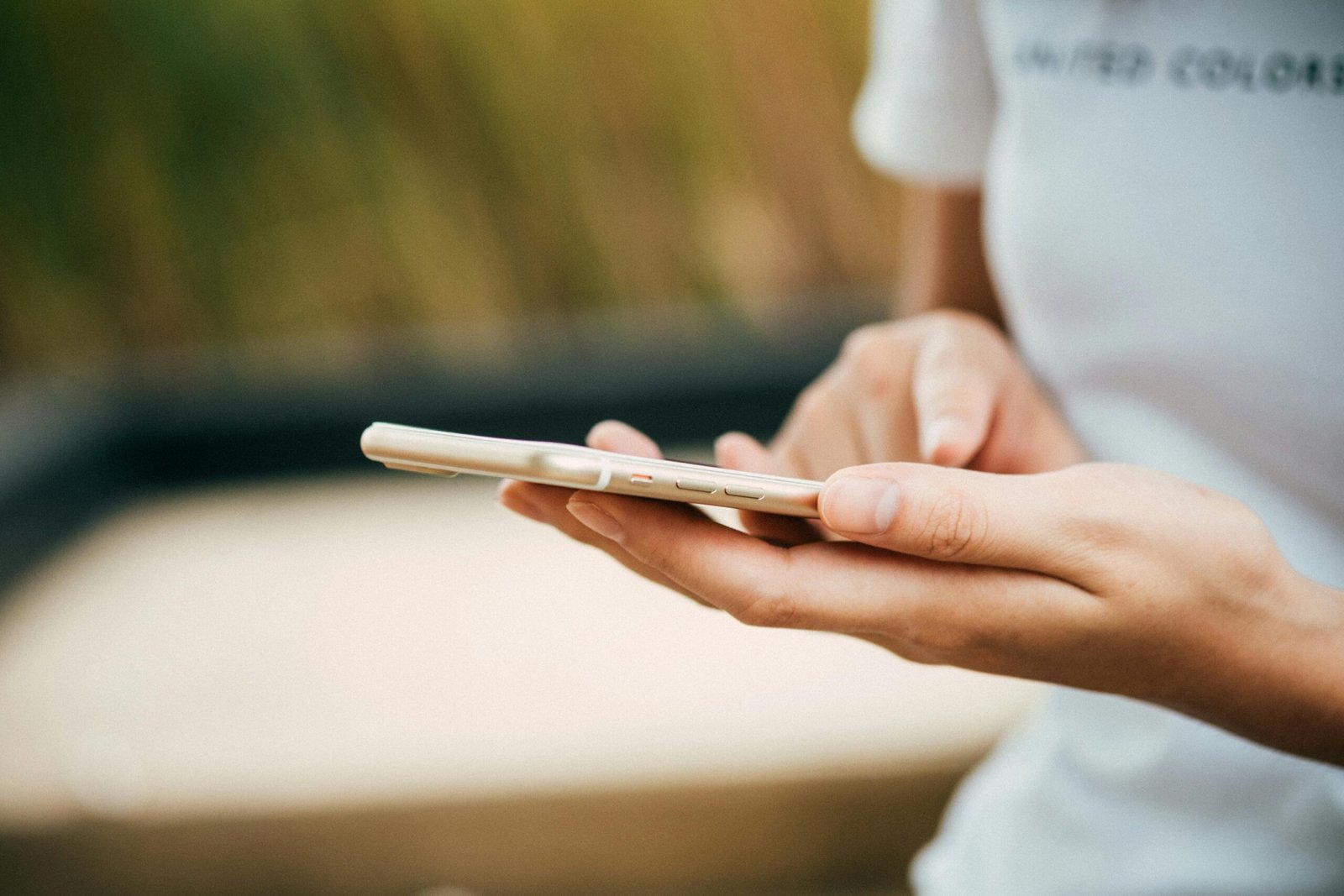Heavy-phone use is tied to higher anxiety, poorer sleep, and lower mood—yet research shows that dialing down just a few built-in cues can reclaim 16 – 57 percent of daily screen time and lift well-being in a matter of weeks. Below are six calm, low-effort changes you can make today.
1. Switch to Grayscale
Removing color strips away the “slot-machine” reward effect. College students who used grayscale for one week cut screen time by 37 percent and felt less anxious [1].
2. Schedule App or Internet Blocks
Participants who blocked mobile internet for two weeks saw median screen time drop 57 percent while reporting higher focus and life satisfaction [2]. Daily “focus windows” or app limits can deliver similar breathing room without an all-or-nothing detox.
3. Silence the Pings
Push notifications hijack attention and raise stress hormones. Disabling non-essential alerts improved task accuracy and lowered stress in laboratory studies [3].
4. Add Friction to Doom-Scrolling
University of Michigan researchers cut screen time an extra 16 percent by simply slowing swipe and tap gestures—proving a little annoyance breaks the scroll spell [4]. Moving social apps into a “Slow” folder accomplishes the same thing.
5. Try a Minimalist Home Screen
Users who switched to minimalist launchers or hid distracting icons reported 25–30 percent less screen time after one week [5]. Keep only essentials (Phone, Maps, Camera) up front; let everything else live one swipe away.
6. Use Bedtime Mode
Combining grayscale with Do Not Disturb an hour before lights-out supports melatonin production and improves subjective sleep quality in sleep-lab studies [6].
Two-Step Mini-Plan
- Tonight: Turn on Do Not Disturb from bedtime to breakfast and flip your display to grayscale.
- This Weekend: Create a minimalist home screen and set one daily focus window (for example, 9 a.m.–noon). Check your screen-time stats after a week—you’ll likely notice the drop.
Source Notes
- Is Life Brighter When Your Phone Is Not? SAGE Journals
- Blocking Mobile Internet on Smartphones Improves Sustained Attention, Mental Health, and Subjective Well-Being. PubMed
- The Attentional Cost of Receiving a Cell-Phone Notification. ResearchGate
- Managing Screen Time by Making Phones Slightly More Annoying to Use. University of Michigan News
- Study Shows How the Minimalist Phone App Reduces Screen Time. European Business Magazine
- Do Blue-Light Filter Applications Improve Sleep Outcomes? PubMed
